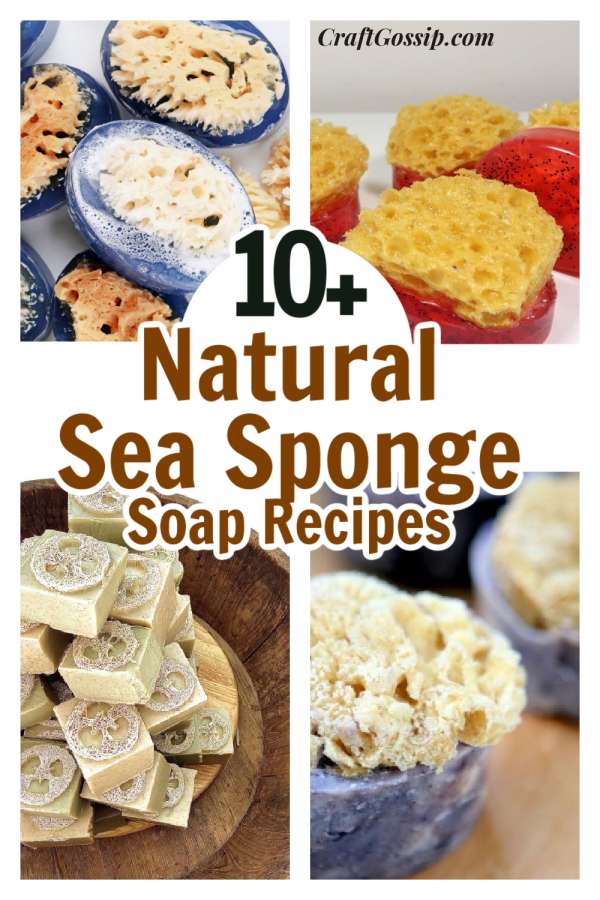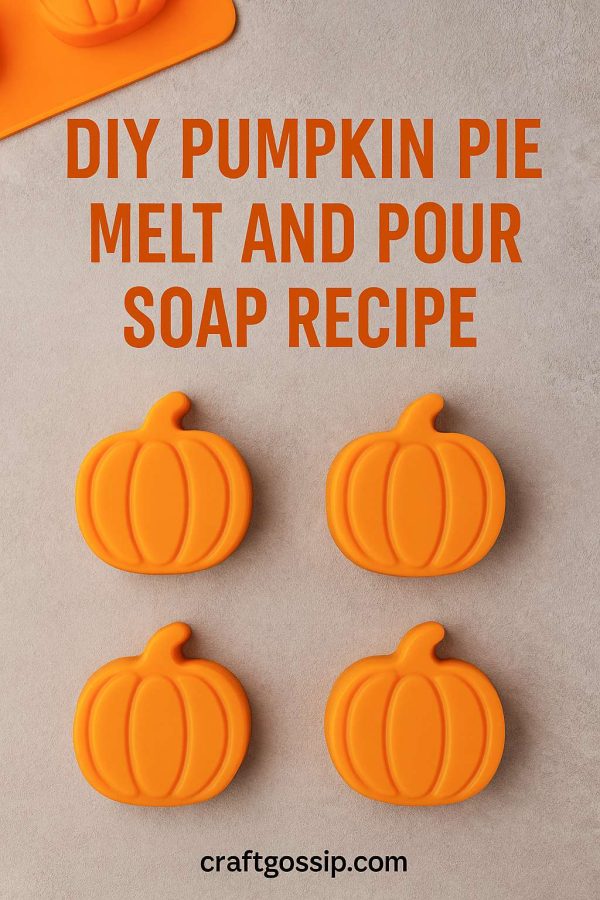Sea sponges are a great embed when it comes to DIY soap, adding an embed into a basic soap recipe can take your handmade soap from boring to something special. All of these recipes below use natural sea sponges. If you are looking for basic sponge soaps using store-bought bathroom sponges then check out this article here.
Sponges are found on the ocean floor or attached to substrates such as rocks, coral, shells, and marine organisms
So why add a sea sponge to your soap? Natural sea sponges provide gentle exfoliation to the skin, they are natures microfibre cloth, perfect for lifting impurities off the skin. The Sea Sponge is a renewable natural resource with divers taking from the top and the sponge regrowing from the bottom.
Bring the Ocean into Your Bathtub with Handmade Sea Sponge Soap Bars – Garden Therapy
Sea Sponge Cold Process Soap Project | Bramble Berry
Spirulina and sea sponge video tutorial
Tropical Sea Sponges Melt & Pour Soap Project
Check out this tutorial that uses Loofahs, Sliced Loofahs are more exfoliating and great for heels and elbows, you can even use synthetic loofahs embedded into your soaps.
Here are my top tips for working with loofahs
Using loofahs in soaps can be a great way to add exfoliating properties and enhance the overall cleansing experience. Here are some tips for using loofahs in your soap making:
Choose the right loofah: Make sure you choose a high-quality loofah that is free of mold, mildew, or other contaminants. It is best to use natural loofahs as opposed to synthetic ones.
Cut the loofah: Cut the loofah into small pieces that are the same size as your soap mold. This will make it easier to embed the loofah pieces into the soap and ensure that each bar of soap has an equal amount of exfoliation.
Soak the loofah: Soak the loofah pieces in warm water for a few minutes before using them in your soap. This will help soften them up and make them easier to work with.
Embed the loofah: Once your soap has reached the appropriate temperature, gently press the loofah pieces into the soap mixture. Make sure they are evenly distributed throughout the soap.
Let the soap harden: Allow the soap to harden completely before removing it from the mold. This will ensure that the loofah pieces are firmly embedded in the soap and won’t fall out when in use.
Store the soap properly: Store the soap in a cool, dry place to prevent the loofah pieces from becoming damp and developing mold.


Leave a Reply